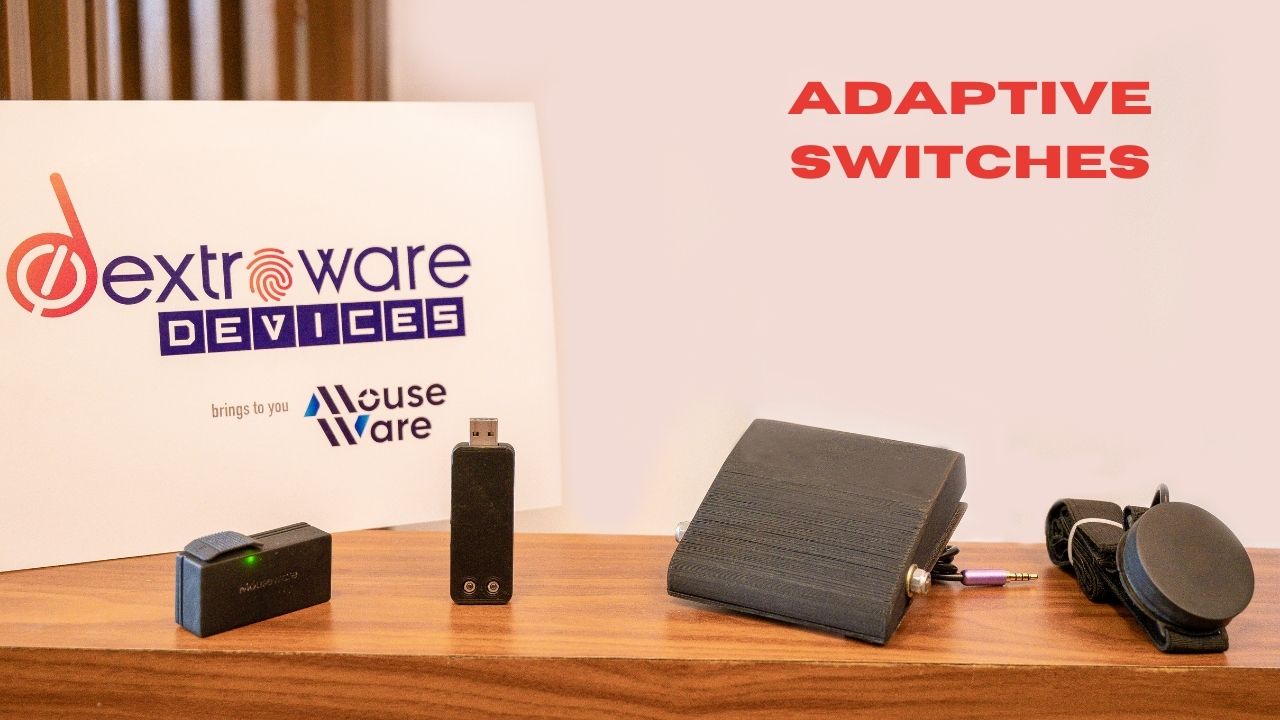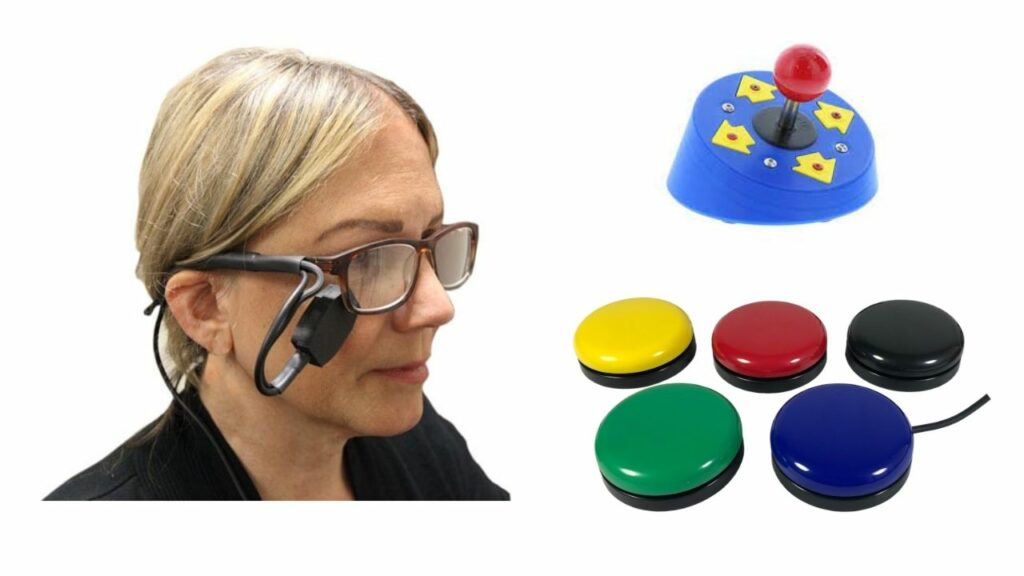
Gone are the days when most tasks required manual labor. With advancements in technology, the world is becoming a more inclusive place that can accommodate all individuals. Although some people believe that technology is taking over the employment market. Technology in reality is a mere tool that is creating a new avenue of jobs every day.
With the power of assistive technology, users with major and minor disabilities are still able to compete for secure jobs. This has made plenty of lives easier and better. One such invention is the adaptive switch.
Let see what are topics we cover In this article,
An adaptive switch is an accessibility device that allows people with movement-limiting disabilities to control technology and operate electronic devices while additionally having the ability to move them. Instead of performing complex actions like turning a knob, adaptive switches will provision easier movement solutions such as pressing a button. It's feasible to be a switch adapter for toys, home appliances, voice-output communication tools, computers, and a variety of other things.
Adaptive switches for special needs provision a link between the technology and the person with a disability. They're created to fit the person's unique ability, and they modify the standard switch to give the person access. When students with disabilities use such switches, they can be more independent and participate in activities at home, school, and in their neighborhood.
Instead of the usual on and off, the adaptive switch has a range of actions that the user can use to toggle and control various electrical appliances.
Adaptive switches have a rotating knob that sends a signal to different modules, depending on which way it is turned. These modules could be for lights, appliances, hot water heaters, and so on. This way, the adaptive switch can provide functionality to those who have difficulty with their hands or arms or even with both. There are various communication devices that can used by persons with disabilities with the help of Adaptive switches.
Adaptive switches, with respect to smart devices, are plugged into the USB port of a computer or laptop. They then connect to programs that run on that device, like Microsoft Word or Google Chrome. Users can then use these programs with their assistive switches. This makes it easier for users to complete tasks independently, which is crucial for people with limited mobility.

The way adaptive switches are employed, their distinctive features, the response necessary to activate the switch, and the kind of support they provide are all factors to consider. Adaptive switches are available in a variety of areas.
Sound-activated switches allow people with movement disabilities to operate the switch using their voice or any other identifiable sound. The switch can be activated by simply uttering "ahhh" or other vocal sounds. They provide tactile feedback with a click sound to let us know about the switch being pressed.
These are a variety of switches that allow people with restricted movement to access gadgets with the tiniest movement of their fingers or some other part of the body. The joystick is another example of a device in this category. It can be attached to the armrest's tip. By moving the joystick in different directions, joysticks can be used to control more than one sort of equipment. A phone, tablet, TV, or an array of Bluetooth-enabled gadgets can all be activated with the same joystick.
Light switches are actuated by the movement of the eyes. Until the user blinks, the switch is off. It interrupts with an infrared beam as soon as the user blinks, closing the switch.
Switches for wheelchairs and bedside switches are mounted to the user's bed or to the wheelchair's armrest. Fingers engage with certain switches, while shoulder movement, neck motion, sound, and vibration activate others.
The activation surface on pillow switches is usually soft foam. The soft surface provides physical feedback as well as an auditory click when pressed. Head, shoulders, arms, and hands can all be used to trigger the switch.
Saucer switches are special ability switches for people who can't manage or sustain the hand or wrist movements required to activate standard plate switches. Saucer switches are activated with a light touch and can be slanted to suit different talents.
Plate switches are plate-like shaped button switches that can be used by those who are incapable of using small switches, due to injuries in the fingers or other disabilities. They have a large surface and are lightweight and are specifically designed to respond even to the slightest touch.
Mouth, sip, and puff switches have a mouthpiece that allows the user to issue orders by sipping or puffing. A sip creates negative pressure, while a puff creates positive pressure, which turns on or off the switch.
Adaptive switches are created to provide a better experience for physically challenged or disabled people. This single switch makes a huge difference, thanks to its simplicity and ease of use. They tend to work as a substitute for the traditional switches and provide environmental controls to the user enabling them to control many types of electrical devices.
Studies show that adaptive switches can help disabled people in many ways. For one, they can improve independence by reducing the need to ask for help with tasks like turning on the lights inside the house.
Secondly, they can reduce injuries for these individuals by cutting down on the amount of time spent using their hands or arms for simple tasks. This is also physically less straining for the users. And lastly, adaptive switches can improve the quality of life because they allow disabled individuals to be more self-sufficient overall.
Another great benefit for people who are physically challenged or disabled is that these switches are capable of activating speech-generating devices. This in turn can help users in places with voice command requirements. For example, Google’s Voice Search, Microsoft’s speech-to-text converter. Since these people often have difficulty pressing regular switches with their hands, adaptive switches provide an easier way for them to control devices such as electronic gadgets, wheelchairs, televisions, and fans.
We provide some of the best adaptive switches along with the essential package of Mouseware. You can learn more about Mouseware by clicking the link below.
In conclusion, adaptive switches are a great option for individuals who may have limited motor skills or coordination, and they can also be used in any situation that requires multiple devices to be controlled. They can be used for controlling many types of devices and are easy to install. Like mentioned earlier, they don't require a power source and are less expensive than other devices. Adaptive switches are also much safer because they do not have exposed wires.
We also recommend your read about How people with Upper limb disabilities can use Head controlled mouse to access technology and interact with Smart devices.
If you want to share your feedback, suggestions, and opinions with me, drop a comment below, and I would love to connect with you.